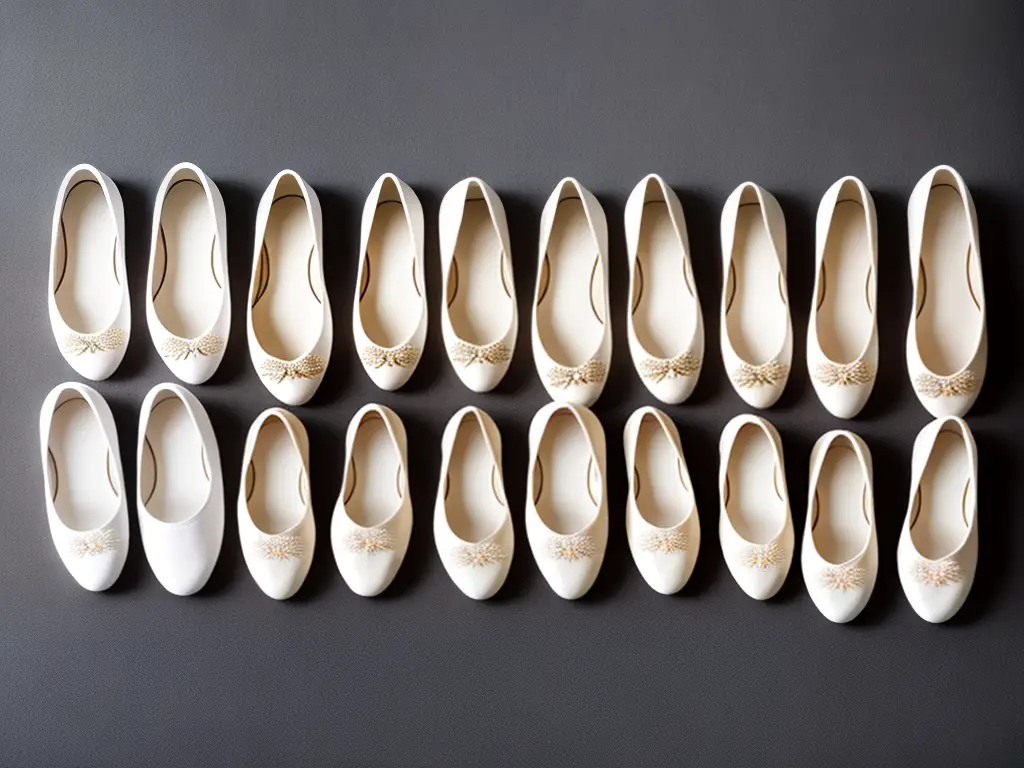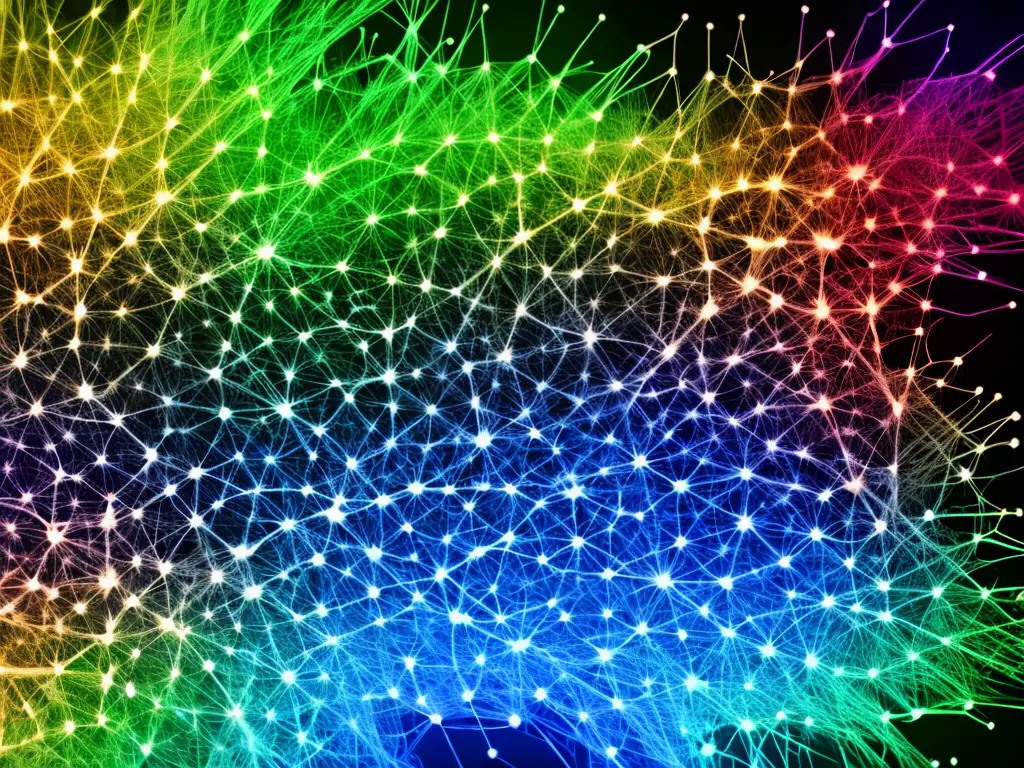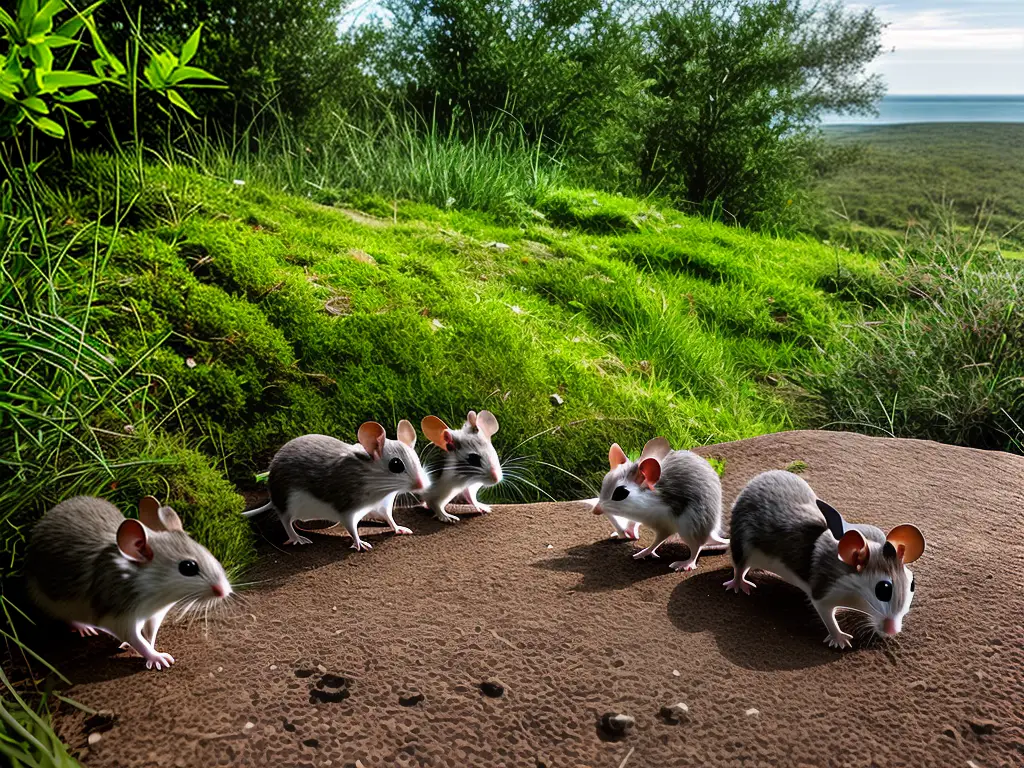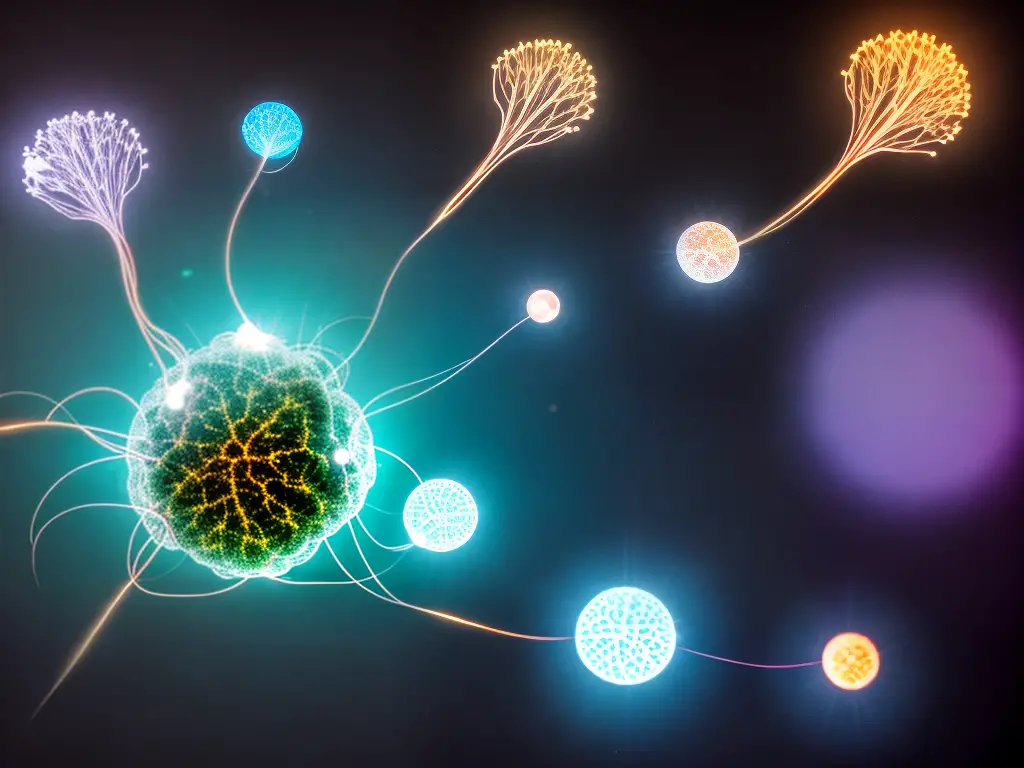Meerkats are fascinating creatures known worldwide for their unique appearance, behaviors, and incredible ability to adapt to harsh environments. These small mammals have captured the attention of nature enthusiasts, researchers, and children alike due to their curious nature and complex social structure. In this exploration, we will delve into various aspects that shape the lives of meerkats, including their habitat, social structure, diet, predators, reproduction, and the challenges they face due to human interaction and conservation efforts.
Meerkat Basics: Appearance, Size, and Behavior
Meerkats are small mammals that belong to the mongoose family. They have a slender, long body and a pointed face with large eyes. Their fur has a light brown or grey color, which helps them blend into their natural surroundings. The meerkats’ size usually ranges from 9 to 14 inches in length, with their tails stretching about 7 to 9 inches. They typically weigh between 1.5 to 2.2 pounds.
These fascinating animals are social creatures and mainly live in large groups called ‘clans’ or ‘gangs.’ Meerkat groups can have up to 50 members, and they work together for the wellbeing of the whole family. They take turns doing various tasks such as foraging for food, guarding the group, and taking care of the young ones. This cooperation helps to ensure their survival in the harsh environment they inhabit.
Meerkats are primarily found in the Kalahari Desert and other regions of Southern Africa. They are burrow-dwellers and dig complex tunnel systems, which offer them protection from predators and shelter from extreme weather. They are mainly active during the day and rely on their sharp senses of hearing, smell, and vision to communicate with each other and detect danger.
Meerkats are small mammals native to southern Africa, inhabiting desert and savannah environments such as the Kalahari Desert and parts of South Africa, Namibia, Botswana, and Angola. These areas are characterized by dry climates and sparse vegetation, providing a suitable environment for meerkats to thrive. Though their preferred habitat may seem harsh, they are well adapted to living in these conditions.
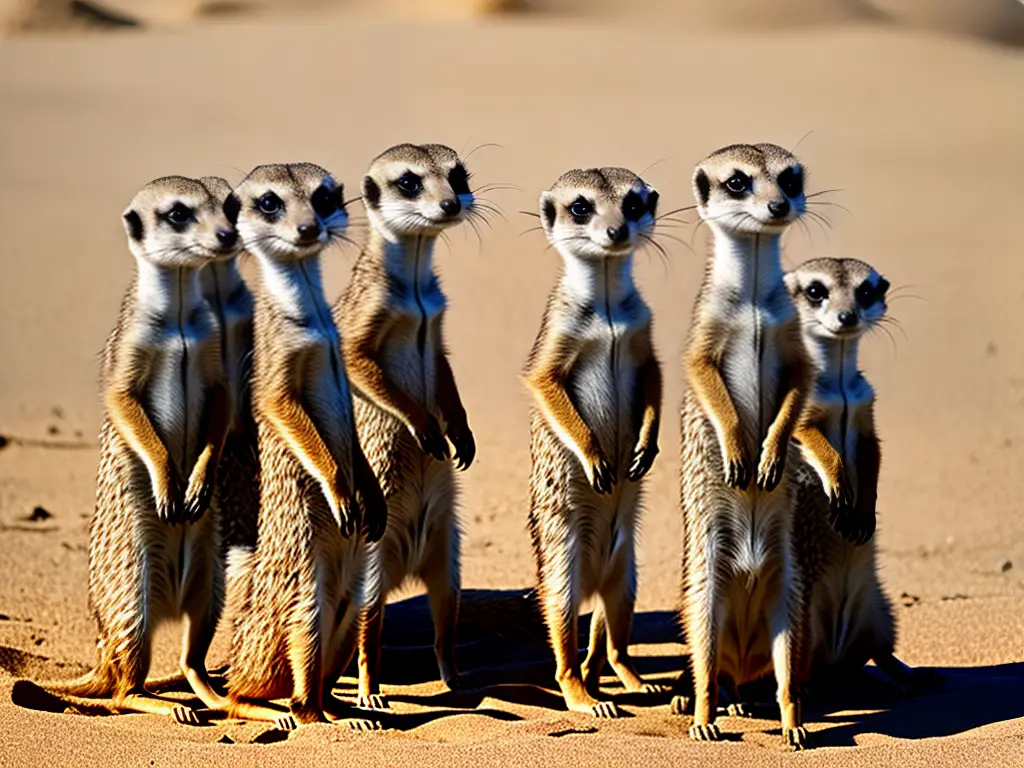
Meerkats’ Habitat and Life Expectancy
One of the reasons meerkats can survive in such environments is their adaptability in diet. As omnivores, they consume both plants and animals, primarily feasting on insects such as beetles, crickets, and caterpillars. However, they also eat small vertebrates like rodents, birds, and reptiles, as well as fruits and vegetables whenever available. This flexibility in their diet allows them to flourish in the diverse landscapes of southern Africa.
The habitat of meerkats plays a significant role in their life expectancy. These animals are social creatures and live in groups called mobs or clans, which help them survive in their environment. Living in groups provides the meerkats with protection from predators, allowing them to live longer. Moreover, their burrow systems help protect them from extreme weather conditions and offer shelter from their natural enemies.
Meerkats have developed various adaptations to suit their environment. They have an exceptional ability to dig extensive burrow systems where they can rest, sleep, and escape from predators. Their excellent digging skills also help them find their primary food source, insects, which they locate using their sharp senses of smell and hearing. These adaptations contribute to their ability to survive, hence impacting their life expectancy.
Meerkats are fascinating animals known for their complex social organization, which plays a crucial role in their life expectancy. In the wild, these creatures have an average life expectancy of 6-8 years. However, when living in captivity, they can live up to 12-14 years under good conditions. This difference in life expectancy is due to a combination of factors, such as a stable and plentiful food source, better protection against predators, and access to veterinary care when needed. The life expectancy of meerkats highly depends on the habitat where they live and the resources available to them.

Meerkats’ Social Structure and Life Expectancy
Meerkats live in groups known as clans, mobs, or gangs, which can consist of up to 50 members. These groups are usually led by an alpha male and an alpha female, who are responsible for making decisions for the entire clan. The social structure of meerkats plays an essential role in their survival, helping them to find food, defend their territory, and raise their young. By understanding the significance of their social organization, we can better comprehend the factors that contribute to their life expectancy, both in the wild and in captivity.
In a meerkat group, each member has a specific role and responsibility. They work together as a team to ensure the well-being of the entire clan. For example, some meerkats are responsible for finding food, while others act as sentries, watching out for potential predators. By working together and pooling their resources, meerkats can efficiently locate food sources, such as insects, and evade danger from predators such as birds of prey, snakes, or rival meerkat groups.
Another critical aspect of meerkat social structure is the way in which they care for their young. Meerkats are very protective of their offspring, and the entire clan participates in raising the young. This cooperation helps to ensure the survival of the newest members, as they have a large support system to rely on for food, protection, and learning essential skills.
Meerkats, known for their unique social organization, have a fascinating life expectancy that is influenced by their cooperative and supportive group living. This social structure enables meerkats to face various challenges, making them incredibly resilient animals that have adapted to their harsh environments. The complex social structure is a significant part of what makes these creatures so unique and fascinating to study and observe.
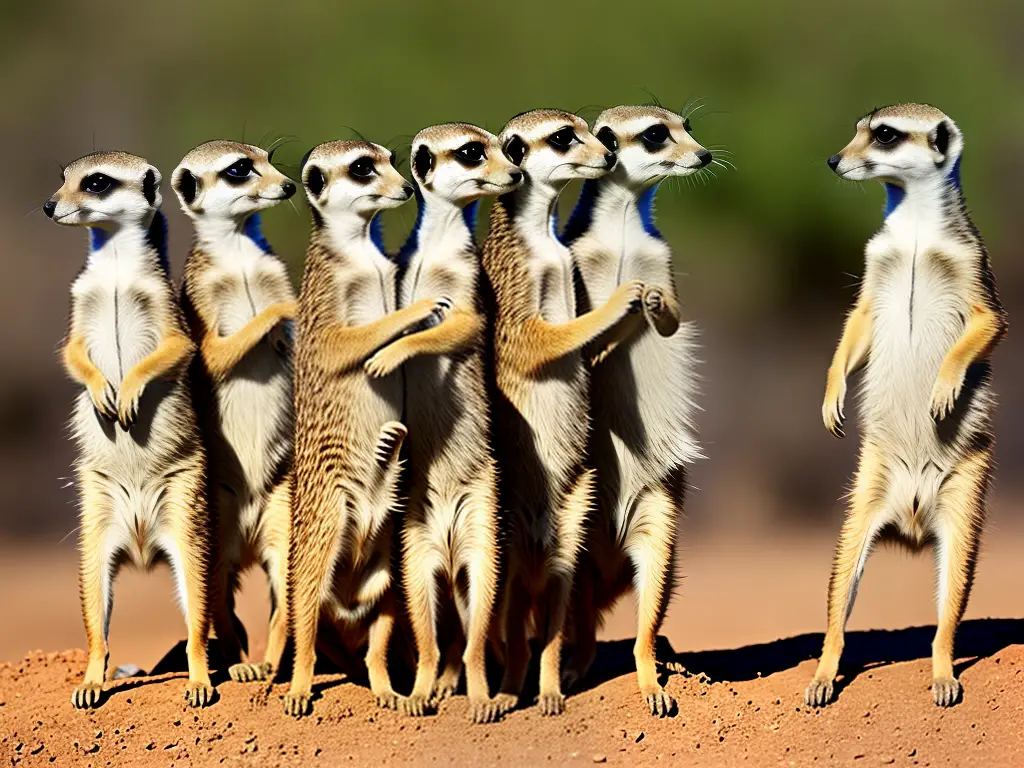
Diet and Feeding Habits of Meerkats
Another factor that plays a vital role in the meerkats’ life expectancy is their diverse diet. As omnivorous creatures, they consume both plants and animals, mainly feasting on insects such as beetles, spiders, scorpions, and caterpillars. Additionally, meerkats also enjoy meals of small animals like lizards, snakes, birds, eggs, and even small mammals. This well-rounded diet, along with their social structure, contributes to the overall health and longevity of these fascinating animals.
In order to find food, meerkats rely on their sharp senses of smell, hearing, and sight. Their digging skills are also quite impressive which helps them catch underground insects and animals easily. When they locate food, they quickly dig using their sharp front claws and flick away the dirt with their long, curved front paws.
Meerkats live in groups called mobs, clans, or gangs. Within the group, they have a cooperative feeding strategy where some members stand guard and watch for predators while others search for food. The guard can alert the group members with different alarm calls depending on the type of threat they face. This enables the group to stay safe while they forage for food.
A balanced diet plays a significant role in meerkats’ life expectancy. Since their diet is rich in nutrients and diverse in food sources, they are able to maintain good health and energy levels. A healthy meerkat can live up to 12-14 years in the wild, but their average life expectancy tends to be shorter, around 6-8 years, due to threats such as predators, accidents, and a harsh environment.
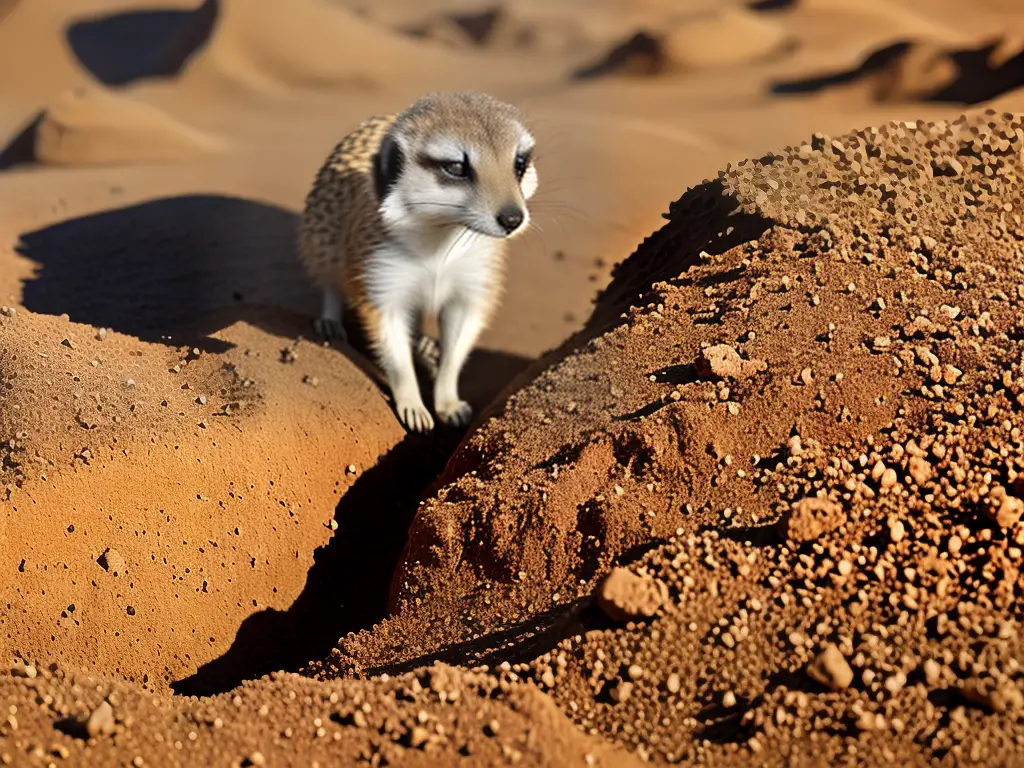
Predators and Threats to Meerkats
Meerkats, also called suricates, are small mammals that dwell in the grasslands of southern Africa. These fascinating beings are curious and social by nature, which is beneficial for their survival. However, they also face various dangers like predators and unfavorable environmental conditions that can prove to be a challenge for these adorable animals, impacting their overall life expectancy and survival rate.
One of the main predators of meerkats is birds of prey, such as hawks, eagles, and falcons. These large birds can easily spot meerkats from the sky, and will swoop down and grab them in their sharp talons. To protect themselves, meerkats have developed excellent vision and communication skills among their group so they can alert each other of any incoming threats.
Other predators that meerkats must constantly be on the lookout for are snakes and other large mammals. Snakes are particularly dangerous because they can easily hide in burrows or under rocks and silently ambush a meerkat. Additionally, large mammals such as jackals, hyenas, and even wild cats will prey on meerkats if given the chance.
Meerkats are fascinating animals known for their social behavior and unique family structure, and their life expectancy can range from 6 to 12 years. However, meerkats face several dangers that can influence their life span, such as predators, harsh weather conditions like droughts, and risks from man-made threats like habitat loss due to human population growth and agriculture. As a result, their life span may vary depending on the presence of these various threats.
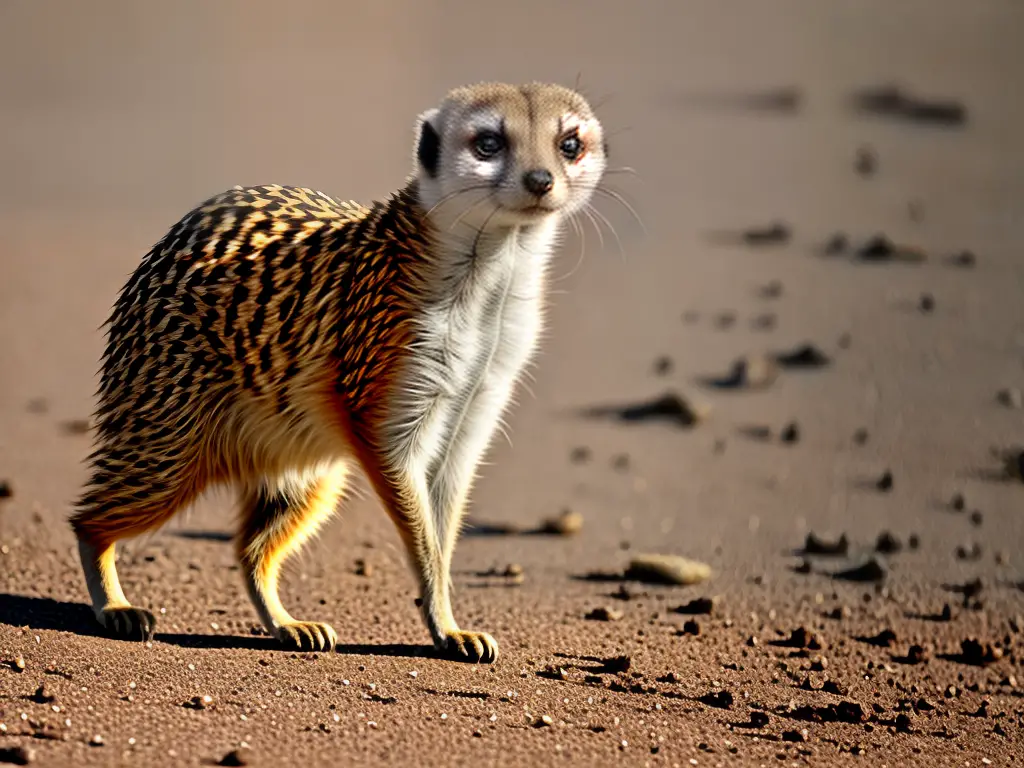
Reproduction and Offspring: Meerkats’ Mating and Life Expectancy
Reproduction plays a crucial role in a meerkat’s life and influences their overall life expectancy. Meerkats have a seasonal breeding pattern, meaning they typically mate and give birth during certain times of the year. For meerkats living in the wild, this breeding season usually takes place during the warmer months of August to October. Understanding their breeding habits can shed light on how their life expectancy is affected by various factors in their environment.
The female meerkats, called queens, are the only ones within their group that are allowed to reproduce. The dominant female will mate with the dominant male, and sometimes with other males from neighboring groups, to ensure genetic diversity within the offspring. After mating, the gestation period for a meerkat is around 11 weeks, at the end of which the queen will give birth to a litter of pups (usually 2-5, but sometimes up to 8) in an underground den.
Meerkat pups are born helpless and blind. Their eyes open after about 10-14 days, and they start to venture out of the den at around 3-4 weeks of age under the supervision of other adult meerkats. They get weaned off their mother’s milk at around 6 weeks old, and by this time they need to learn how to find and eat insects themselves. Meerkats reach sexual maturity at about 12 months old, but only the dominant pair will breed within a group.
Meerkats are small, fascinating animals native to the deserts of southern Africa, with a relatively short life expectancy. In the wild, their average lifespan is around 6 to 7 years, with some individuals living up to 10 years or more. However, in captivity, they can live for up to 15 years. The main factors contributing to their shorter lifespan in the wild are predation, harsh environmental conditions, competition, and diseases.
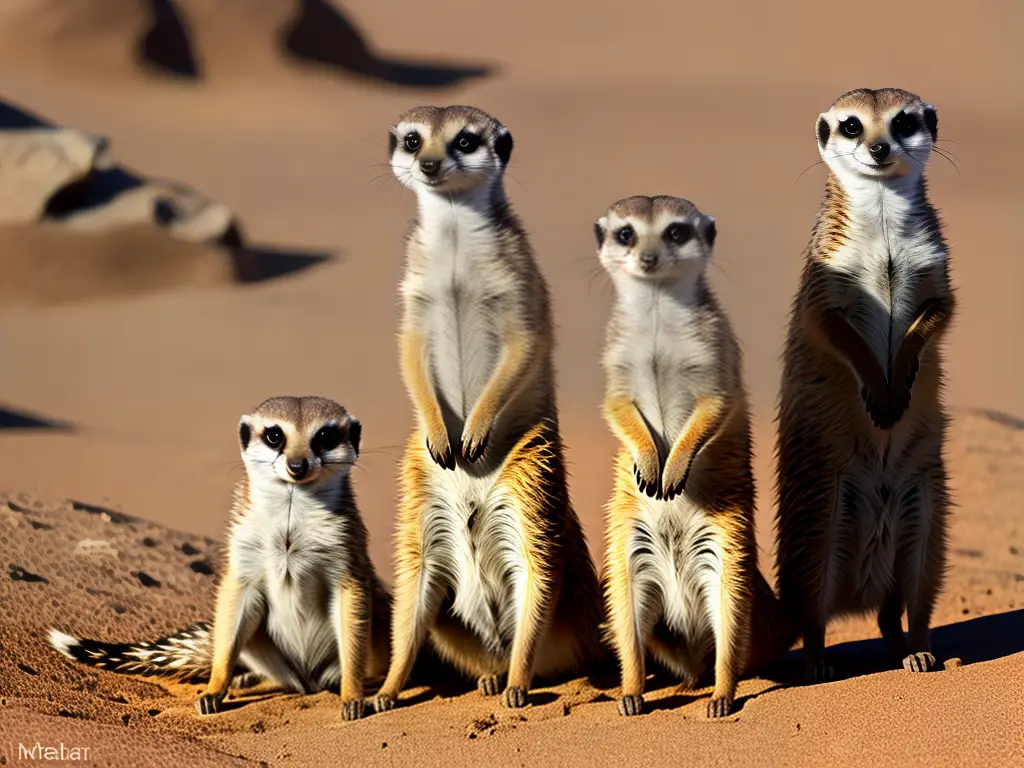
Conservation and Human Interaction with Meerkats
These creatures live in close-knit families called mobs or clans, and their social structure, as well as their reproduction cycle, aid in their survival, helping to balance the harshness of their natural habitat. While not considered endangered, meerkats do face certain threats to their life expectancy. One such threat is habitat loss, often caused by human activities like farming, logging, and urbanization.
As humans expand their cities and towns, natural habitats are often destroyed, reducing the spaces where meerkats can live, hunt for food, and raise their young. This can lead to smaller populations and shorter life spans for these animals. Also, when humans use land for agriculture, it can change the local ecosystem, making it difficult for meerkats to find adequate food and shelter.
Another threat to meerkats’ life expectancy is climate change, which is largely caused by human actions, such as burning fossil fuels and deforestation. As the Earth’s temperature increases, it can lead to changes in weather patterns, like more frequent and severe storms, floods, or droughts. These events can all disrupt meerkats’ habitats, impacting their ability to find food and ultimately affecting their life expectancy.
In order to help protect meerkats and their habitats, humans can play a role in conservation efforts. This includes being mindful of how our actions affect the environment and taking steps to reduce our impact. By doing so, we can work to ensure these intriguing creatures continue to thrive for generations to come.

Throughout this journey into the world of meerkats, we have discovered the many intricate factors that contribute to their life expectancy – from their remarkable social structure which allows them to thrive in dangerous conditions, to the crucial role that their diet and habitat play in their survival. It is essential to recognize that the disruption of their environment or human interference can greatly impact the delicate balance of the meerkat ecosystem. As we continue to learn more about these captivating creatures, it is vital for us to work towards preserving their habitats and ensuring their long-term survival in an ever-changing world.








